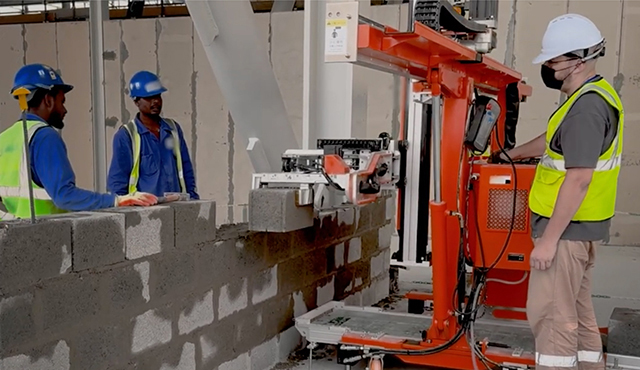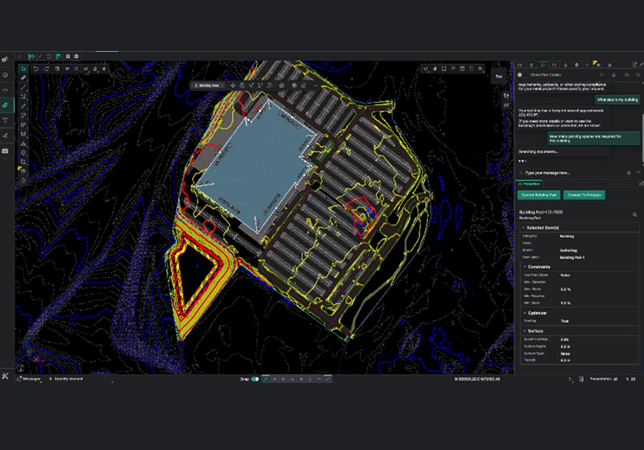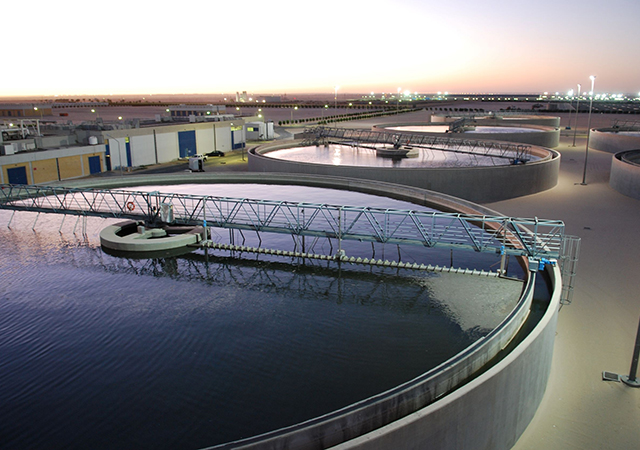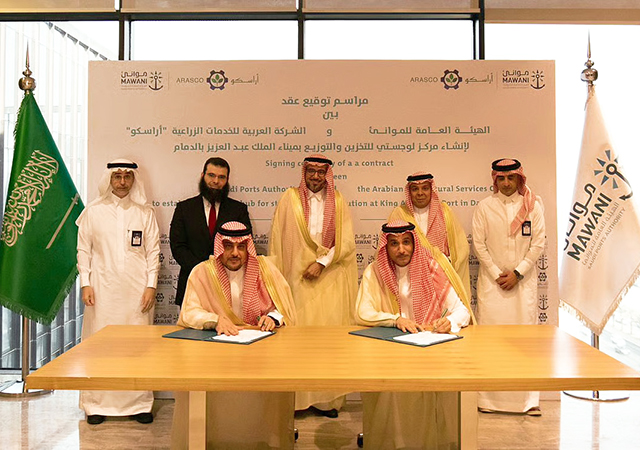
The measurement of coating thickness, before, during and after coating application is vitally important in achieving a good quality job and in ensuring that coating costs are controlled. For all types of coatings, the target must be to achieve the required thickness to ensure that the coating will perform its protective duty while not using excessive, costly materials.
Testing methods can be utilised at several stages of the coating process. Wet paint thickness can be checked during application using wet film combs. These low-cost gauges are useful particularly when setting up a painting process and can easily be used by the applicator. Testing the thickness after the paint has cured using electronic coating thickness gauges will ensure that the coating is fit for purpose.
Elcometer Instruments Limited, the UK-based specialist in instrumentation for the testing and quality control of painting processes, has several coating thickness gauges for the coating applicator. These include precision wet film combs and electronic coating thickness gauges for both ferrous (steel) and non-ferrous (aluminium/non-magnetic stainless steel) substrates.
Precision wet film combs made using durable stainless steel are available either as two-sided combs, Elcometer 115, or as a hexagonal (six-sided) comb, Elcometer 112. These combs, reusable when cleaned, can be supplied with calibration certificates, if required.
Wet film combs have teeth of various lengths relative to the shoulders at the edges. It is dipped into the wet paint as soon as it is sprayed and then removed. The wet film thickness lies between the biggest value tooth covered by paint and the smallest dry tooth.
Elcometer 115 wet film combs come in four ranges: scale 1, 25-330 microns; scale 2, 51-457 microns; scale 3, 51-762 microns; and scale 4, 127-1,270 microns.
The 112 hexagonal wet film comb has a total of 36 teeth from 25 microns up to 3,000 microns (3.0 mm).
The Elcometer 345 two-key coating thickness gauge has been developed for measuring coatings on steel structures. It has two additional features to make the measurement easier. The gauge is fitted with a large area integral probe - the 'big foot' for maximum stability on the coating, eliminating operator errors.
Also, the gauge has an offset mode, which takes account of the effect of profiled surfaces on calibration adjustment. With the gauge adjusted on a smooth steel surface, the offset appropriate to the depth of the profile on the blast-cleaned steel can be set and the gauge will display corrected readings.
The 345 two-key gauge switches on when the integrated probe is placed on the surface and it measures coating thickness up to 1,500 microns.
The 345 is a family of gauges offering integral and separate probe options with ferrous, non-ferrous and dual ferrous/non-ferrous (FNF) substrate capability. The integrated probe FNF version - with its 'big foot' for increased stability - has four control keys for calibration adjustment and mode selection and is capable of testing coatings on metal substrate and displaying the substrate type, automatically.
The new specification for the 345 includes a simple statistics feature in the "basic" version with a user-defined list of statistical values, number of readings - mean, standard deviation, highest and lowest reading. It also has improved repeatability, a longer battery life with a new rechargeable battery capability, a faster reading rate - up to 40 readings per minute - and an infrared printer output on the "basic" version only.
The 345 is also available as a nine-key gauge with an auto-batching memory for 16,000 readings and all the features of the 345 four-key unit.
Elcometer 355 is the coating experts' choice with probe modules for state-of-the-art accuracy ±1 per cent of reading, and maximum flexibility, 1,500 micron, 5.0 mm and 13 mm ferrous ranges with 1,500 micron and 5.0 mm non-ferrous ranges. The 355 has reading memory and statistical calculation capability so that batches of readings can be collected for reports, statistical analysis and data statistical calculation capability so that batches of readings can be collected for reports, statistical analysis and data storage.
EDCS (Elcometer Data Collection System) software is available as a Windows application for use with top option 345s and all 355s. Based on the DOS version, EDCS for Windows allows data to be uploaded, stored, analysed and charted.
With the relatively high cost of coating materials and the additional cost of getting an operator close enough to the job to apply the materials, the use of thickness gauges to control the application of coatings will help get the coating right first time. This reduces material consumption and costs.








.jpg)




.jpg)




























.jpg)
































